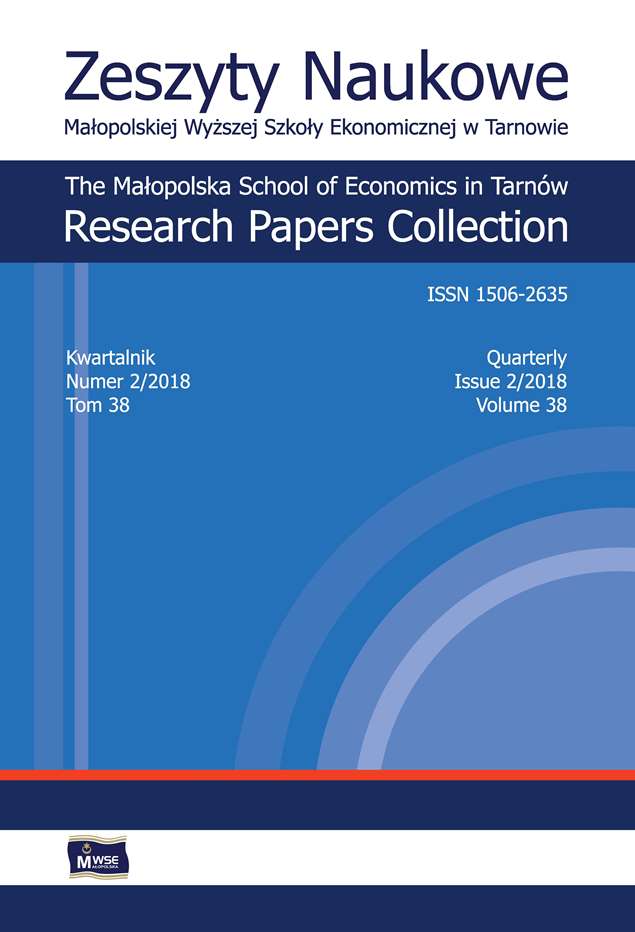Abstract
Interactions between the facilities, their equipment and the natural environment have become the essential aspect of the office work environment design, made in the way ensuring the well-being of the employees in their workplaces. The striving to increase productivity and efficiency of the office work resulted in the search for the optimal conditions for the work performance. There are appropriate construction, technological and material solutions used for designing the office units and their interiors. Moreover, the tendency to search the ergonomic ways to satisfy the workers’ need for the contact with nature can be observed. The tendencies in building design mentioned above can be noticed when it comes to the urban architectural planning as well. They are visible in the ways of locating the office buildings, shaping the forms of such buildings and the working environment itself. On an example of the selected European office buildings, the relationships between the needs of employees, facilities together with their equipment and the natural environment have been analyzed. The analysis of the office buildings was preceded with the entry, which discusses the problems of the relationship between the urban structure and the natural environment. The importance of greenery in the built environment was indicated together with the influence of the natural environment on the location of buildings and the architectural complexes as well as the ways of shaping the forms of them and of their surroundings. It can be stated that plants have become the part of the office life in the common spaces and outside, in order to improve the mental comfort of the employees. “Green” complexes have been raised up, including representative residences, administrative towns, office parks. In the city center areas and on the verge of them, the new buildings come along with the accompanying recreation and leisure functions.
References
Allison, K. (2009). London’s Contemporary Architecture. London: Architectural Press. ISBN 9781856178013.
View in Google Scholar
Bańka, A. (2002). Społeczna psychologia środowiskowa. Warszawa: Scholar. ISBN 9788373690059.
View in Google Scholar
Chmielewski, J.M. (2010). Teoria urbanistyki w projektowaniu i planowaniu miast. Warszawa: Oficyna Wydawnicza Politechniki Warszawskiej. ISBN 9788372079077.
View in Google Scholar
Daniels, K. (1997). The Technology of Ecological Building. Basel–Boston–Berlin: Birkhäuser Verlag. ISBN 9783764354619.
View in Google Scholar
Górecka, M. (2006). Architektura budynków izolowanych gruntem. Architektura, 5(2), 75–85.
View in Google Scholar
Lewińska, J. (2000). Klimat miasta. Kraków: Instytut Gospodarki Przestrzennej i Komunalnej. ISBN 9788386847952.
View in Google Scholar
Marchwiński, J., Zielonko-Jung, K. (2012). Współczesna architektura proekologiczna. Warszawa: Wydawnictwo Naukowe PWN. ISBN 9788301170530.
View in Google Scholar
Maslow, A. (2006). Motywacja i osobowość. Warszawa: Wydawnictwo Naukowe PWN. ISBN 9788301148096.
View in Google Scholar
Niezabitowska, E. (2004). Historia rozwoju budynku biurowego w XX wieku w świetle nowych wyzwań organizacyjnych. W: M. Złowodzki i in. (red.). Ergonomia pracy biurowej (s. 51–66). Kraków: PAN. ISBN 839813178X.
View in Google Scholar
Renda, J., Woźniak, M. (2012). Właściwości roślin wykorzystywane w kształtowaniu przestrzeni miasta Lublin [online, dostęp: 2017-03-12]. Teka Komisji Architektury, Urbanistyki i Studiów Krajobrazowych, 8(1), 124–132. Dostępny w Internecie: http://www.pan-ol.lublin.pl>TArch8_1>Renda.pdf.
View in Google Scholar
Sobczyńska, K. (2014). Zieleń jako element współczesnego miasta i jej rola w przestrzeniach publicznych Poznania [online, dostęp: 2017-03-02]. Rozprawa doktorska. Poznań: Politechnika Poznańska. Dostępny w Internecie: https://www.repozytorium.put.poznan.pl.
View in Google Scholar
United Nations. (1987). Our Common Future: Report of the World Commission on Environment and Development [online, dostęp: 2015-11-10]. Oxford: Oxford University Press. ISBN 019282080X. Dostępny w Internecie: www.un-documents.net/our-common-future.pdf.
View in Google Scholar
Wallis, A. (1977). Miasto i przestrzeń. Warszawa: Państwowe Wydawnictwo Naukowe.
View in Google Scholar
Wines, A. (2008). Zielona architektura. Warszawa: Taschen/TMC Art. ISBN 9788389192479.
View in Google Scholar
Yeang, K. (2006). Ecodesign: A Manual for Ecological Design. Abingdon: Wiley-Academy. ISBN 9780470997789.
View in Google Scholar
Zawada-Pęgiel, K. (2013). Wpływ rozwoju funkcji biurowych na przemianę struktury funkcjonalnoprzestrzennej miast ze szczególnym uwzględnieniem Krakowa [online, dostęp: 2017-02-12]. Rozprawa doktorska. Kraków: Politechnika Krakowska im. Tadeusza Kościuszki. Dostępny w Internecie: https://suw.biblios.pl.edu.pl.resources.
View in Google Scholar
Zielonko-Jung, K. (2013). Kształtowanie przestrzenne architektury ekologicznej w strukturze miasta. Warszawa: Oficyna Wydawnicza Politechniki Warszawskiej.
View in Google Scholar
© Copyright by Małopolska School of Economics in Tarnów. The articles are available under the Creative Commons Attribution NonCommercial-NoDerivatives 4.0 International License


